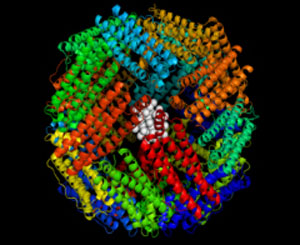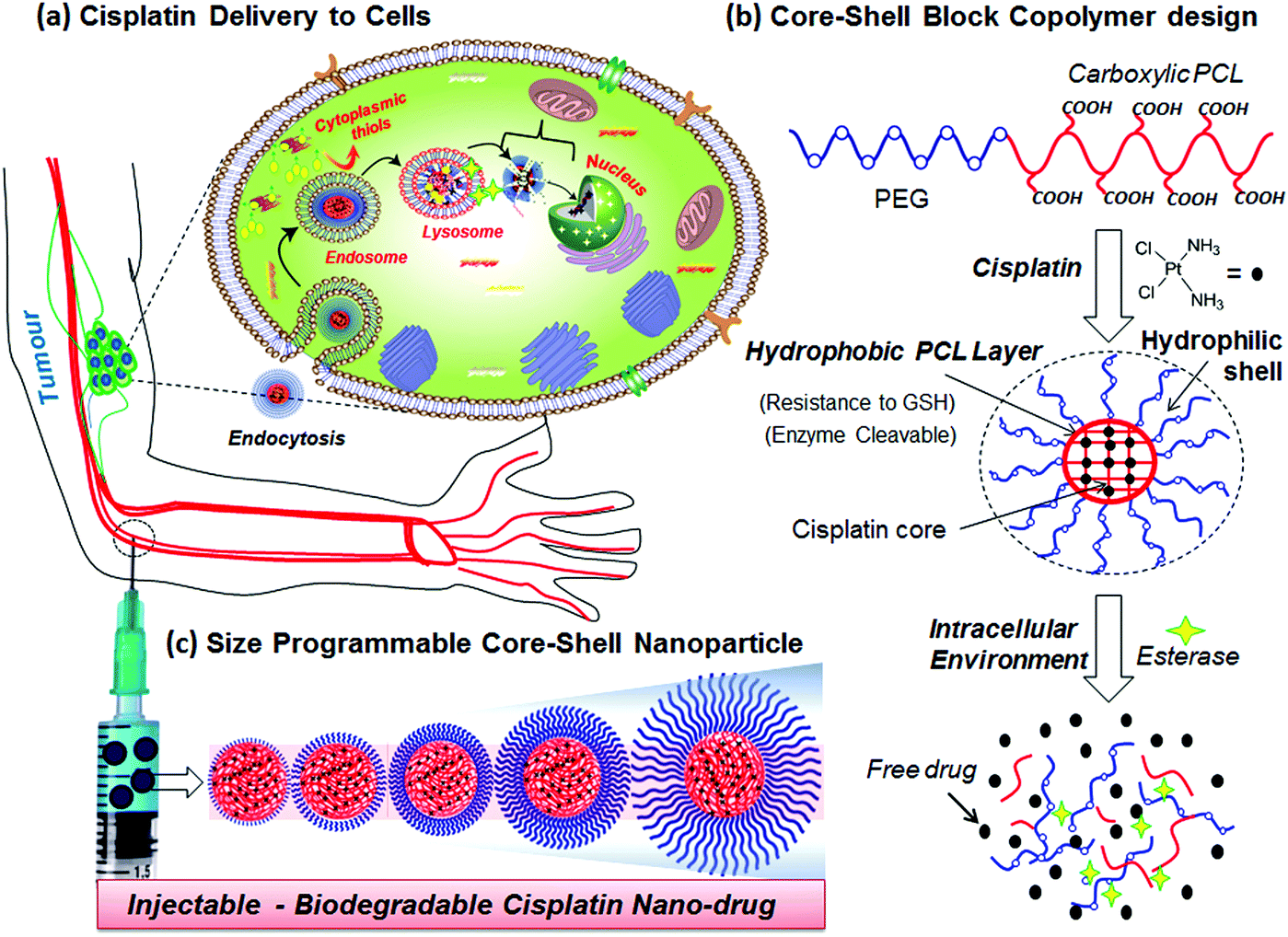
8 synthesized various Cu-based nanostructures whose oxygen content can be controlled by adjusting (adding HCl) the electrical conductivity of water. Using copper electrodes in water, Glad et al. ) or the liquid solution (e.g., heptane 6 and other liquid hydrocarbons (HCs) 7, liquid nitrogen 5). Since then, a myriad of different nanostructures had been synthesized by either changing the electrode material (titanium 2, gold, silver 3, lead 4, aluminum 5, etc. 1 first reported the formation of carbon onions by initiating discharges between two graphite electrodes in water. This technique basically relies on the ignition of a discharge (spark or arc) between two electrodes immersed in a dielectric liquid. These nanoonions are supposedly formed under the effect of the fluid vortices generated close to the particle surfaces when these latter are ejected into the liquid.Įlectrical discharge in liquid is an efficient, cost-effective, and ecological technique that has great potential for use in the production of nanomaterials with complex structure 1. In few cases where the shape of the Cu particle is not spherical, carbon nanoonions are detected between the C-shell and the Cu core. The propagation of the hot particles in the liquid results in the local evaporation of this liquid, which leads to the formation of a C-shell around each Cu particle. When the plasma hits the electrode surface, hot (thousands of Kelvin) Cu particles are ejected from the electrode, and they propagate in the liquid. Based on the obtained experimental results, it is proposed that the Cu nanoparticles are produced in the plasma core where Cu (evaporated from the electrode surface) and carbonaceous species (decomposition of the liquid) are present. Indeed, discharges in heptane lead to Cu particles with diameters of 2–6 nm embedded in a carbon matrix of low graphitization degree, while discharges in toluene result in particles with diameters of 2–14 nm embedded in carbon matrix of high graphitization degree.

The obtained results indicate that the size distribution of the Cu nanoparticles and the degree of graphitization of the carbon matrix depend on the liquid. Overall, two families of particles were observed: Cu particles (diameter < 10 nm) embedded in a carbon matrix and submicrometric Cu particles encapsulated in a carbon shell. The synthesized particles were characterized using scanning electron microscopy, high-resolution transmission electron microscopy, and selected area electron diffraction.

In this study, copper–carbon particles were synthesized by generating spark discharges between two Cu electrodes immersed in heptane, cyclohexane, or toluene. Spark discharge in hydrocarbon liquids is considered a promising method for the synthesis of various nanomaterials, including nanocomposites.


 0 kommentar(er)
0 kommentar(er)
